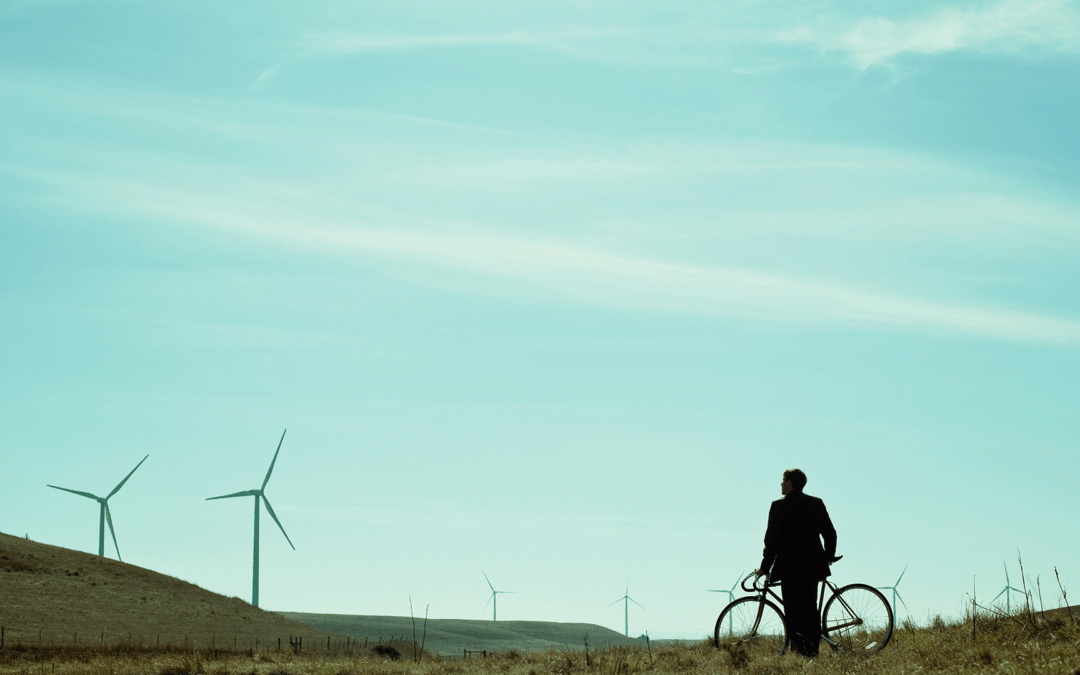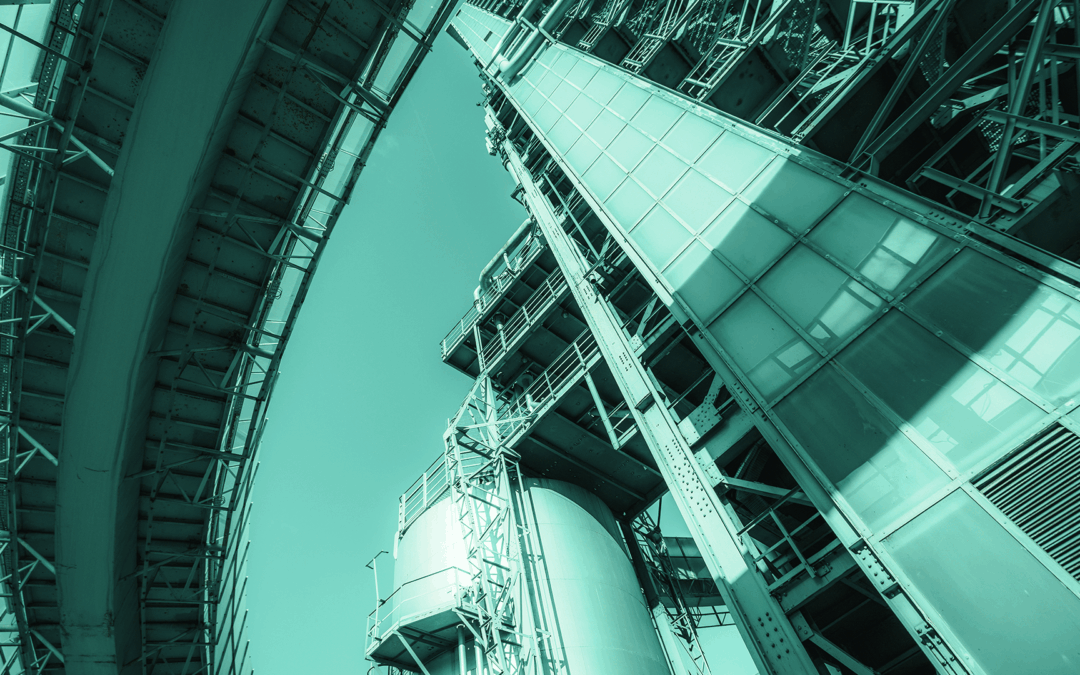Edu@Tech was one of the highlights of the 2nd Tech@Week, promoted by ANI, aiming to connect young people with science and technology. Hosted by the Viana do Castelo School Group on September 23, the event focused on “Emerging Innovation in Energy and Materials,” featuring lectures and a technology showcase.
A total of 260 students from the 11th and 12th grades, studying professional courses in Electronics, Automation and Control, Electromechanics, and Mechatronics, attended the event. Sandro Viena, a 17-year-old electromechanics student, described it as “an opportunity for students to explore new directions.”
Carla Gomes, a teacher at Monserrate Secondary School, highlighted the importance of such events: “After a pandemic with limited connection to the job market, bringing what these companies do—especially new companies—into schools is extremely beneficial for students to understand the market and their future opportunities.”
Ruben Amorim, a mechatronics student, enjoyed learning about smart cities. Margarida Cajada from DataCOLAB explained the concept and encouraged students to propose solutions, stating, “Innovation is creativity that adds value.” She described efforts to introduce automation into urban environments, much like in homes, aiming for smarter management of resources like energy and water to benefit citizens and businesses sustainably.
Representatives from CorPower Ocean Portugal and OceanWinds also attended, presenting innovative ideas for harnessing wind and wave energy to produce clean power.
Ricardo Rosa, an alumnus of the school, discussed the WindFloat Atlantic project—a floating wind platform off the coast of Viana do Castelo. Starting with a prototype in 2011 that withstood 15-meter waves, the project is now in its pre-commercial phase. Rosa emphasized that offshore energy production is “four times greater than onshore” and urged students to explore career opportunities in this growing sector, which lacks skilled professionals.
Eduardo Pacheco from CorPower Ocean Portugal, headquartered in Sweden with its R&D center in Viana do Castelo, presented a wave energy prototype inspired by the human heart’s pumping action. “Our technology mimics the heart’s hydraulic pressure system,” he explained, describing a buoy system that leverages wave motion to generate energy. Using composite materials for durability and efficiency, the project aims to create a superior product capable of withstanding harsh marine conditions.
Pacheco emphasized that “the world’s largest battery is the ocean,” stressing the importance of transitioning to 100% renewable energy by integrating wave energy with other sources like wind power.
The event also featured demonstrations from organizations such as Atlantis – INESC TEC, the Faculty of Sciences at the University of Porto, and Águas do Alto Minho.
Tech@Weeks are promoted as part of SIAC – TECH4INNOV Knowledge Transfer Initiative, co-funded by COMPETE 2020 through Portugal 2020 and the European Regional Development Fund.


